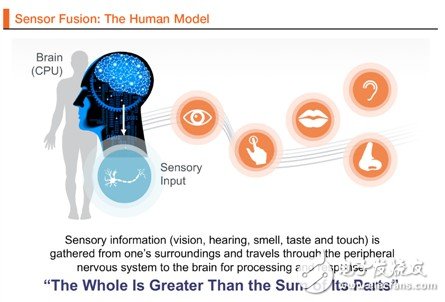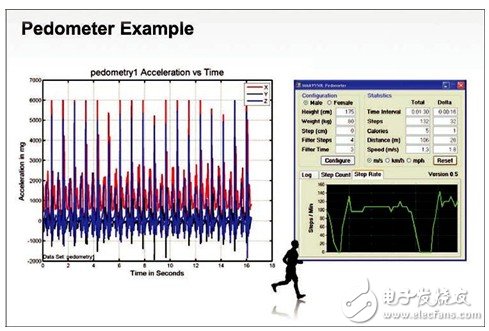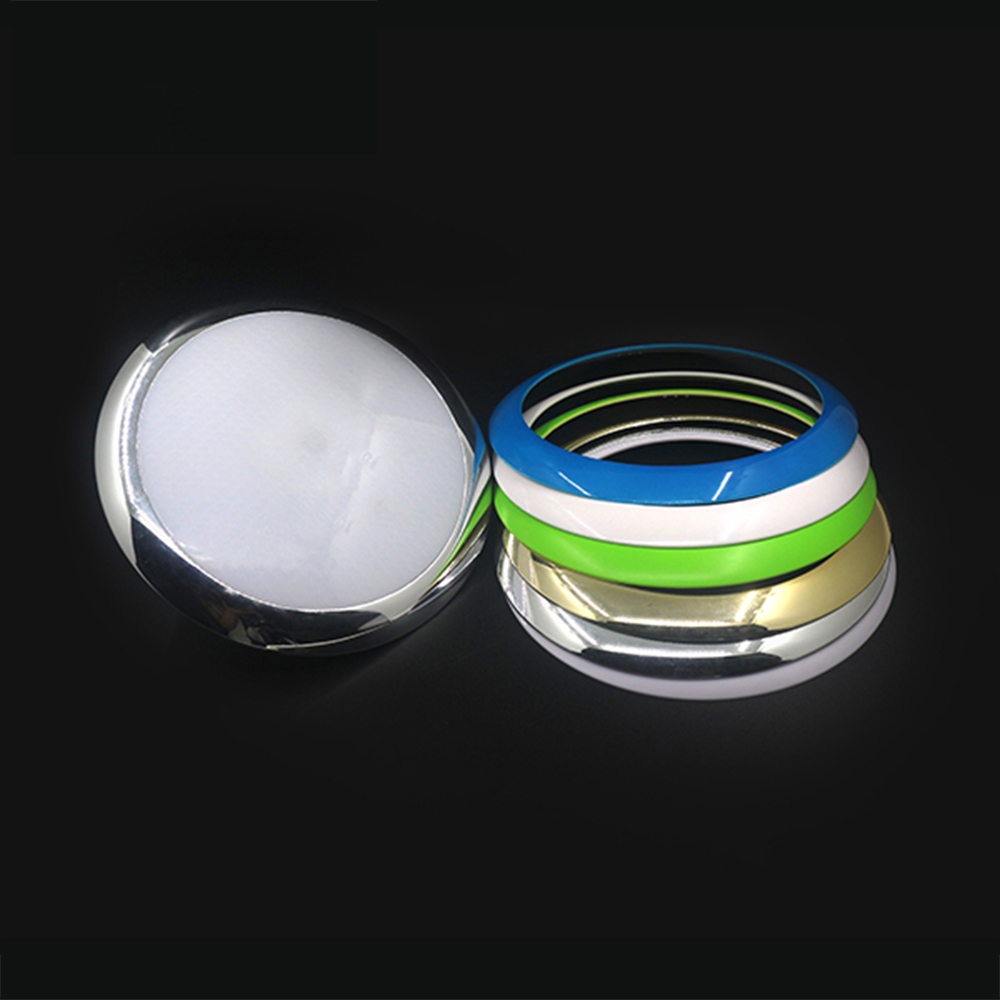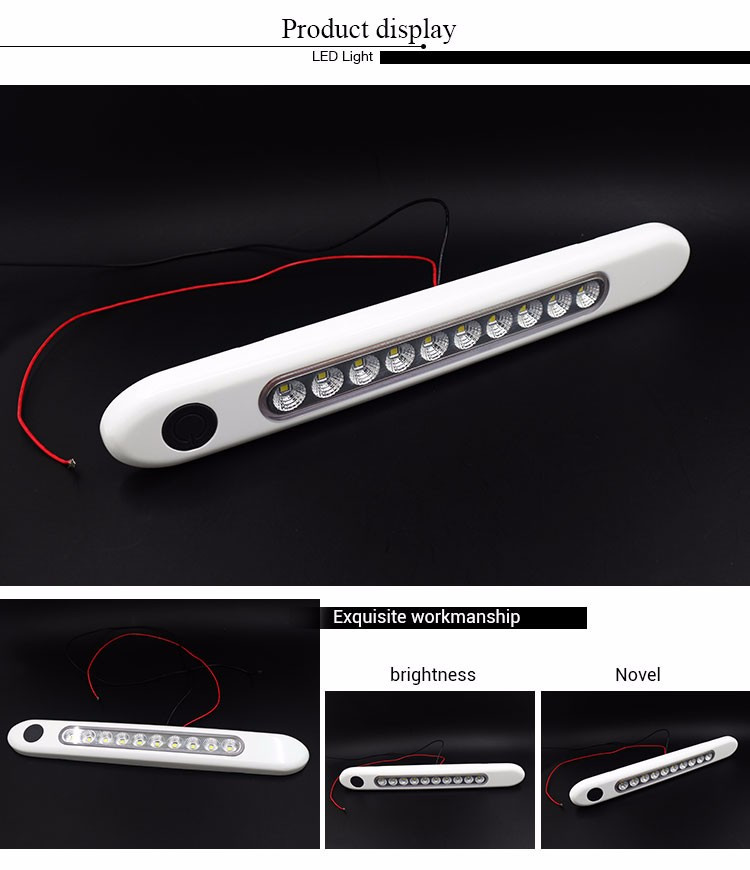Summary
The era of sensor technology has arrived. Now, it's hard to see electronic consumer products that don't use sensors to create new experiences for users. Sensors are undergoing a renaissance because of the reduced price and size of microelectromechanical systems (MEMS) technology, which in turn drives the use of sensors in new applications and creates new opportunities for the sensor market.
1 Introduction
Sensors are now used in a variety of applications such as smart mobile devices, automotive systems, industrial controls, healthcare, oil exploration and climate monitoring. Sensors are ubiquitous, and sensor technology is now beginning to closely mimic the ultimate sensing device, the human. This is made possible by sensor fusion, which uses a microcontroller ("brain") to fuse together the data collected from multiple sensors, resulting in a data view that is more accurate and reliable than a view obtained using individual discrete sensors alone. The data collected using sensor fusion is much larger than the sum of the data collected independently by each sensor.
Sensor fusion supports context awareness, which has great potential for the Internet of Things (IoT). The convergence of sensor fusion for remote sentiment calculations (emotional sensing and processing) may also generate exciting new applications in the future, including smart healthcare. However, these features also bring serious privacy issues that need to be addressed in IoT regulation. As sensor fusion and the use of REC technology continue to increase, a large amount of context-aware data will be collected. This data, combined with the Internet of Things' access to “airborne global neural networks†and cloud-based processing resources, will further drive the provision of customized context-aware services for a given situation. These services can be based on the environment in which a single user is doing, what the device is doing, what the infrastructure is doing, what nature is doing, and all combinations of all of the above.

Figure 1 Sensor Fusion: Human Body Model
2. Human: The ultimate sensing example
To understand how sensor fusion works, let's look at how people perceive how they work. A person experiences the outside world in many ways. Visual, auditory, chemical (smell and taste) and superficial (tactile) provide sensory information about a person's surroundings, which is transmitted to the brain through the peripheral nervous system (PNS). Then the brain decides how to respond to a given situation or experience.
The PNS does not make complex decisions about the information it transmits; these decisions are made by the brain. For sensory input, the brain's response is to send motion information, which is the human response to the input. For example, a pedestrian sees a car coming to him, and his brain tells his muscles to walk to the other side of the road at a faster rate to avoid accidents. People also receive information from their internal organs, some of which are very obvious, such as stomach pains. There are other types of in vivo information that humans cannot perceive, such as blood pressure, which is used to regulate the internal environment of the human body.

Figure 2 Pedometer case analysis
The brain is the ultimate decision maker. However, without the peripheral nervous system bringing sensory information and sending out motion information, people will not be able to walk, talk, or many other functions that we often take for granted. The brain often uses several sensory input sources to validate events and improve non-"integrity" information to make decisions. For example, a person may not see the flame under the hood of the car, but the smell of rubber burning and the heat emitted by the dashboard will tell the brain to leave the car because the engine is on fire. In this case, the information that causes the brain to respond is greater than the sum of the independent sensory inputs.
In the technology world, sensor fusion plays a similar role. Sensor fusion combines inputs from multiple sensors to provide more accurate and reliable sensing, generating a higher level of awareness and providing new countermeasures. Each sensor has inherent limitations that can cause errors, but these errors can be corrected or supplemented by supplemental sensing nodes. For example, gyroscopes can shift over time, and an accelerometer can be used to compensate for these offsets. Therefore, fused sensor information (from multiple sensors) is more accurate and reliable than individual sensor data.
3. Evolving sensor technology to improve daily life
Let's look at a simple example of a pedometer. Traditional pedometers use a pendulum that needs to be worn at a vertical angle on the hip joint to avoid false readings. When the user walks, the pedometer keeps track of the pendulum swinging back and forth with the movement of the hip joint, and counts it once in a swing, thereby counting each step. However, invalid readings are common due to stride, changes in climbing/walking angles, and erroneous steps when the user is driving a car or performing other sports.
MEMS-based inertial sensors bring great improvements. The accelerometers used in the first generation of MEMS-based pedometers performed 1-axis, 2-axis, or 3-axis (3D) detection on human acceleration to more accurately measure the number of steps. In addition, the old-fashioned mechanical pedometer records the number of steps based only on the number of swings, while the accelerometer measures the motion of a person multiple times per second.
However, if you want to measure not only the number of steps, but also the calories burned up and down the stairs or up and down the mountain. The next-generation pedometer adds an altimeter to measure and calculate the height change of a person relative to a fixed reference point while walking. Altimeter technology is used to detect absolute air pressure in altimeter or barometer (BAP) applications. Temperature measurements are also required to obtain accurate pressure readings, so some temperature compensation circuitry is often added to improve measurement accuracy.
Following the success of the early portable music player hanging on the jogger's arm, there are now many independent pedometers designed to be worn on the arm and phones with pedometer functions (instead of hanging on the belt of the hip). In this use case, arm movement introduces parasitic movements. The gyroscope measures the rotational motion of the arm and compensates for it.
Combining three sensors (accelerometer, altimeter and gyroscope) with the MCU to measure and process the readings produces a high-precision pedometer.
This Car LED Light is IP56 waterproof rating, which could better protect the LED Bulb from the water or harsh environment. Energy Saving LED Light Bar could not only used in RV but also could use in many other application of Marine, Truck, Camper, motor home, Limousine, Travel trailer, caravan, boat etc.

There are 12V DC 24VDC Voltage could be choose from. The Emitting Color could choose, including Red, White, Blue and etc. The Working life of the Ceiling Light is 30,000 Hours, which is a long time for use.

LED Light
LED Light,Car LED Light,RV Light,LED Lamp
YESWITCH ELECTRONICS CO., LTD. , https://www.yeswitches.com